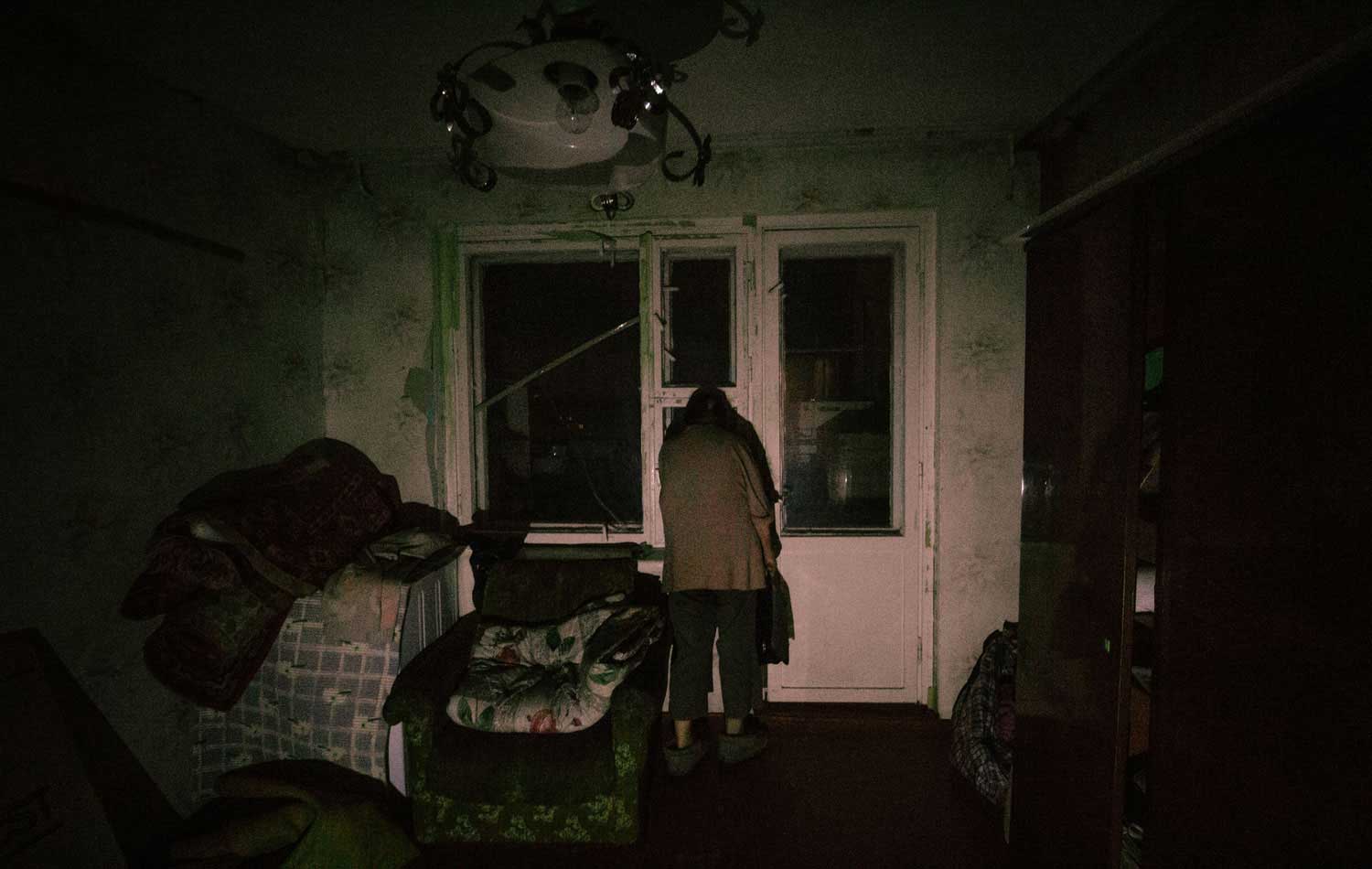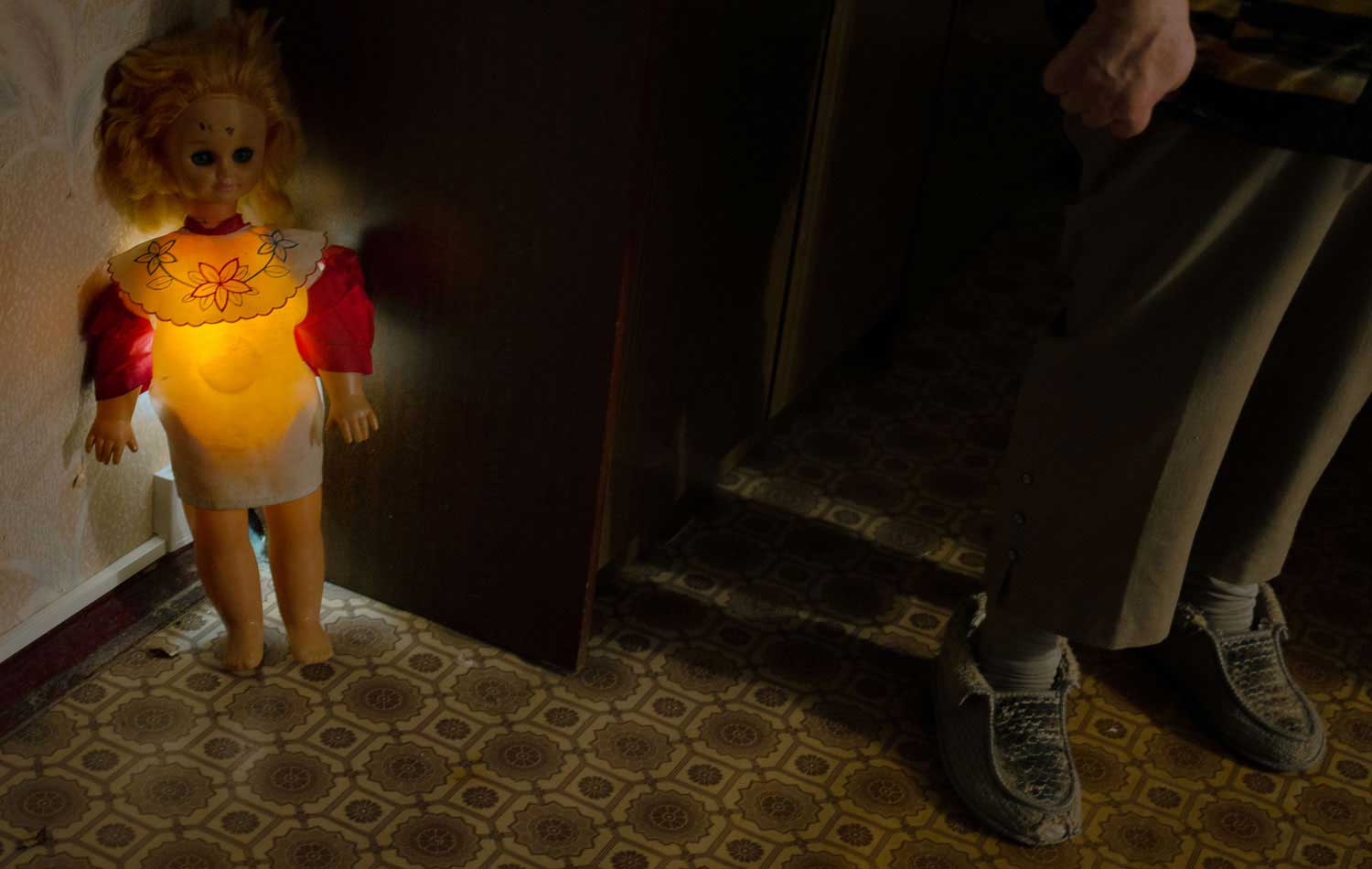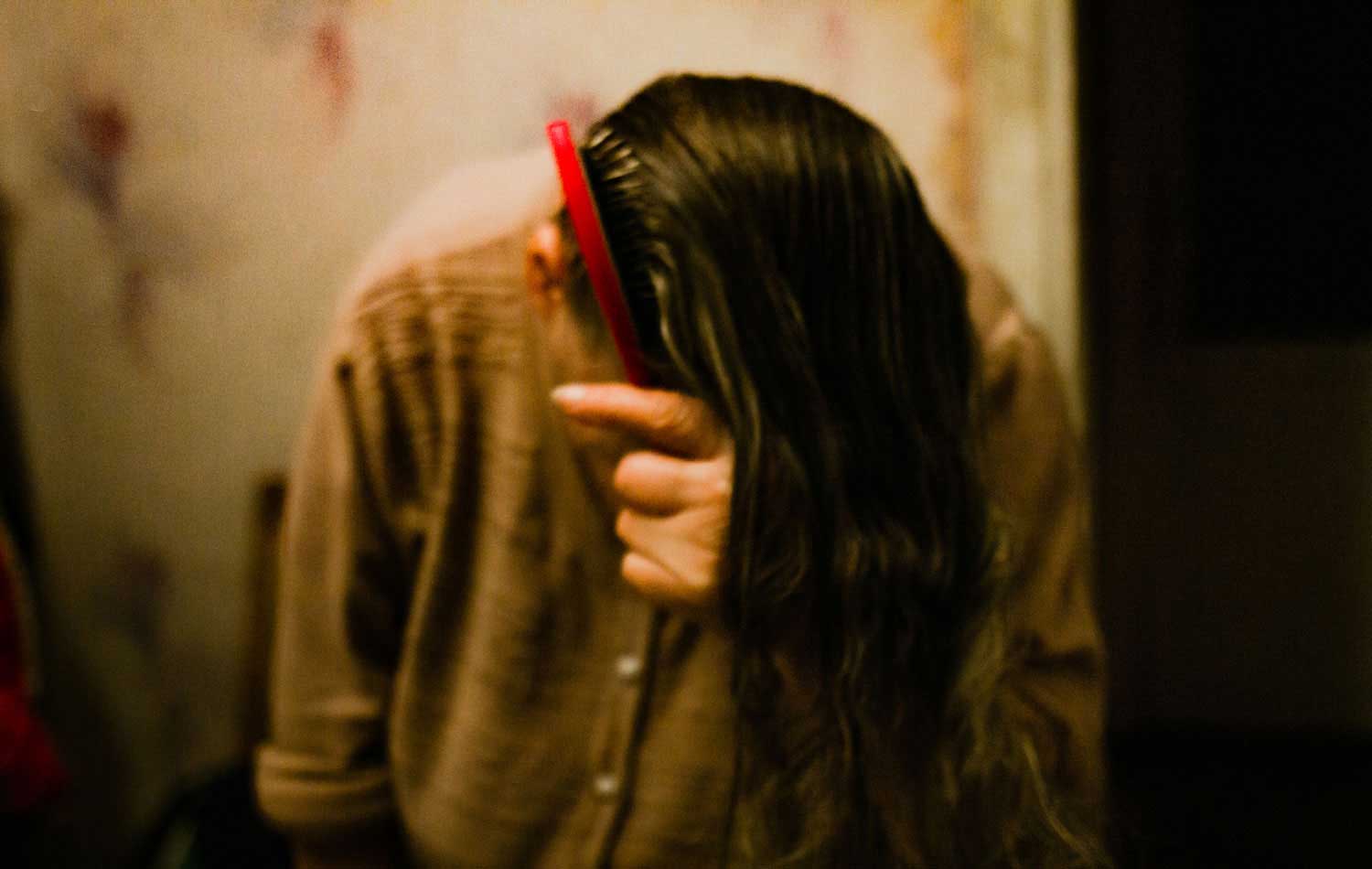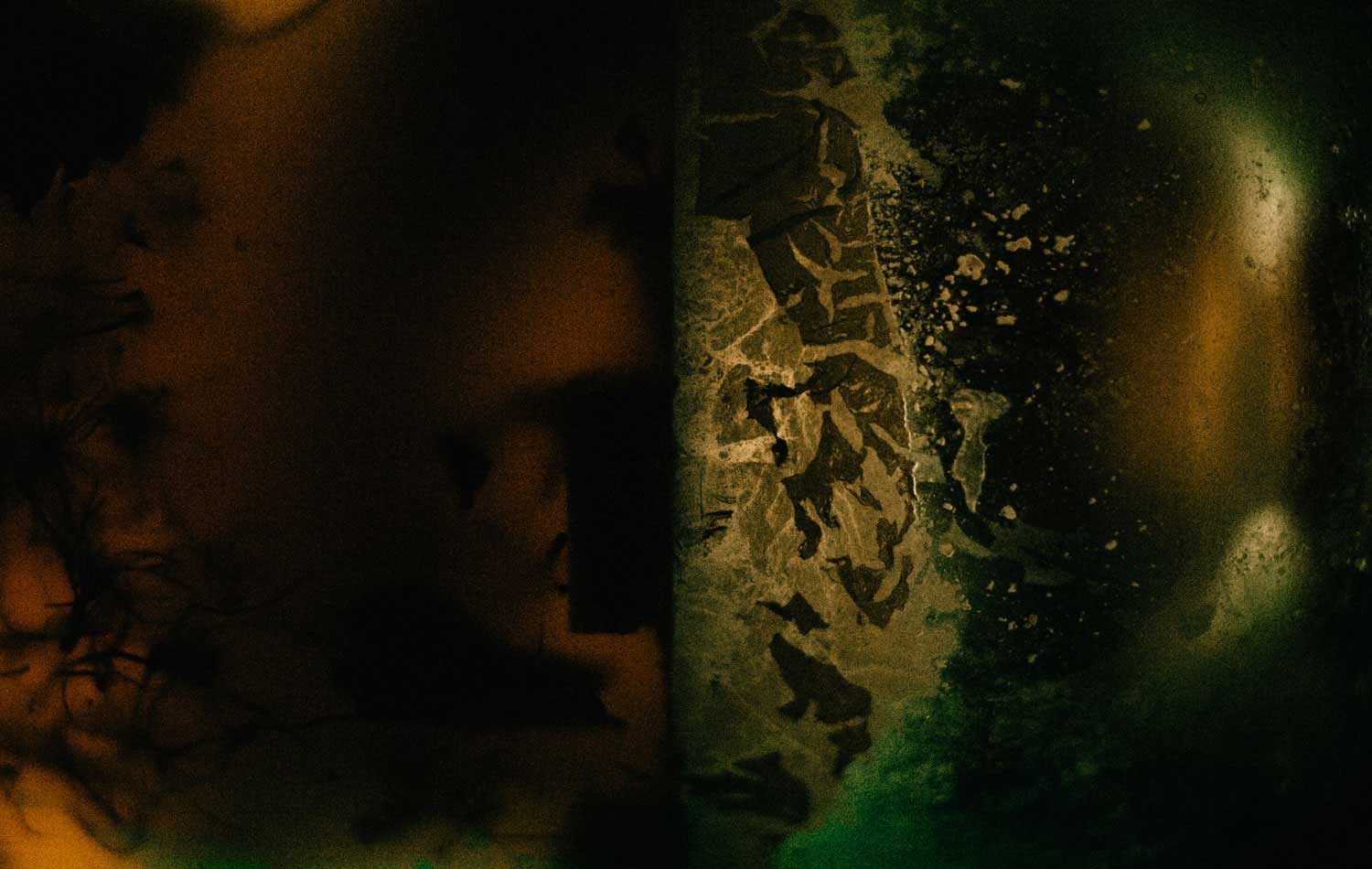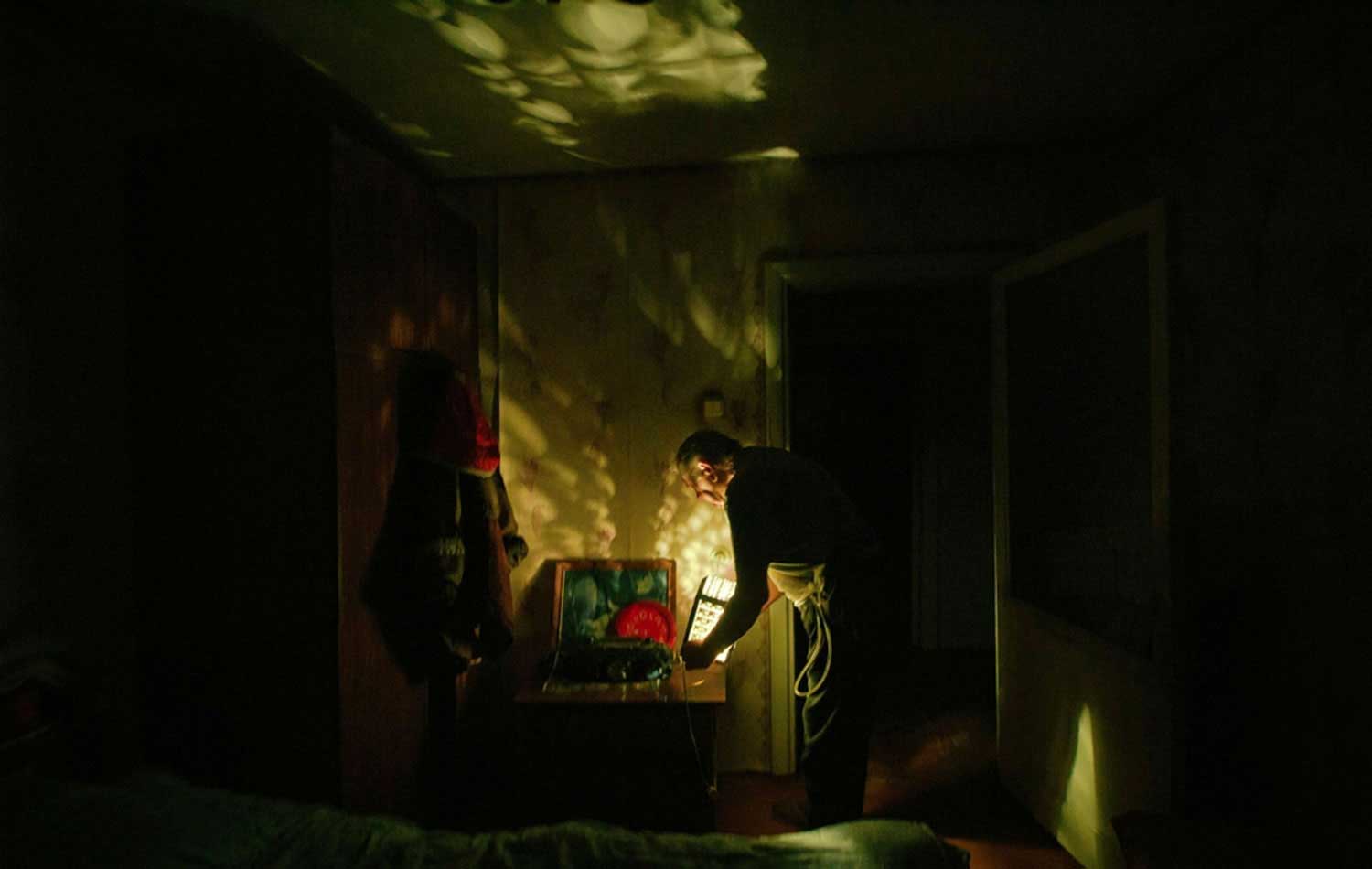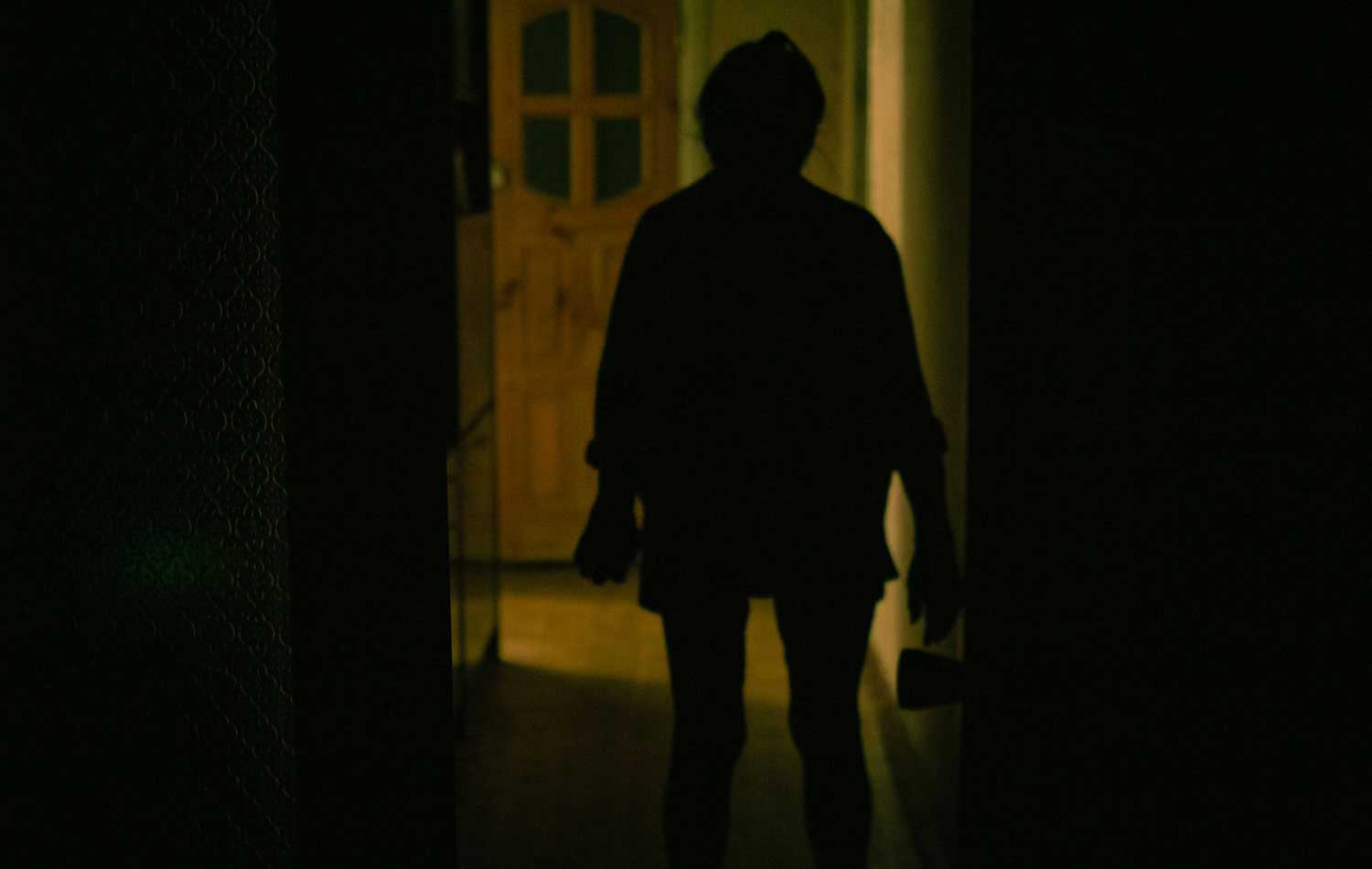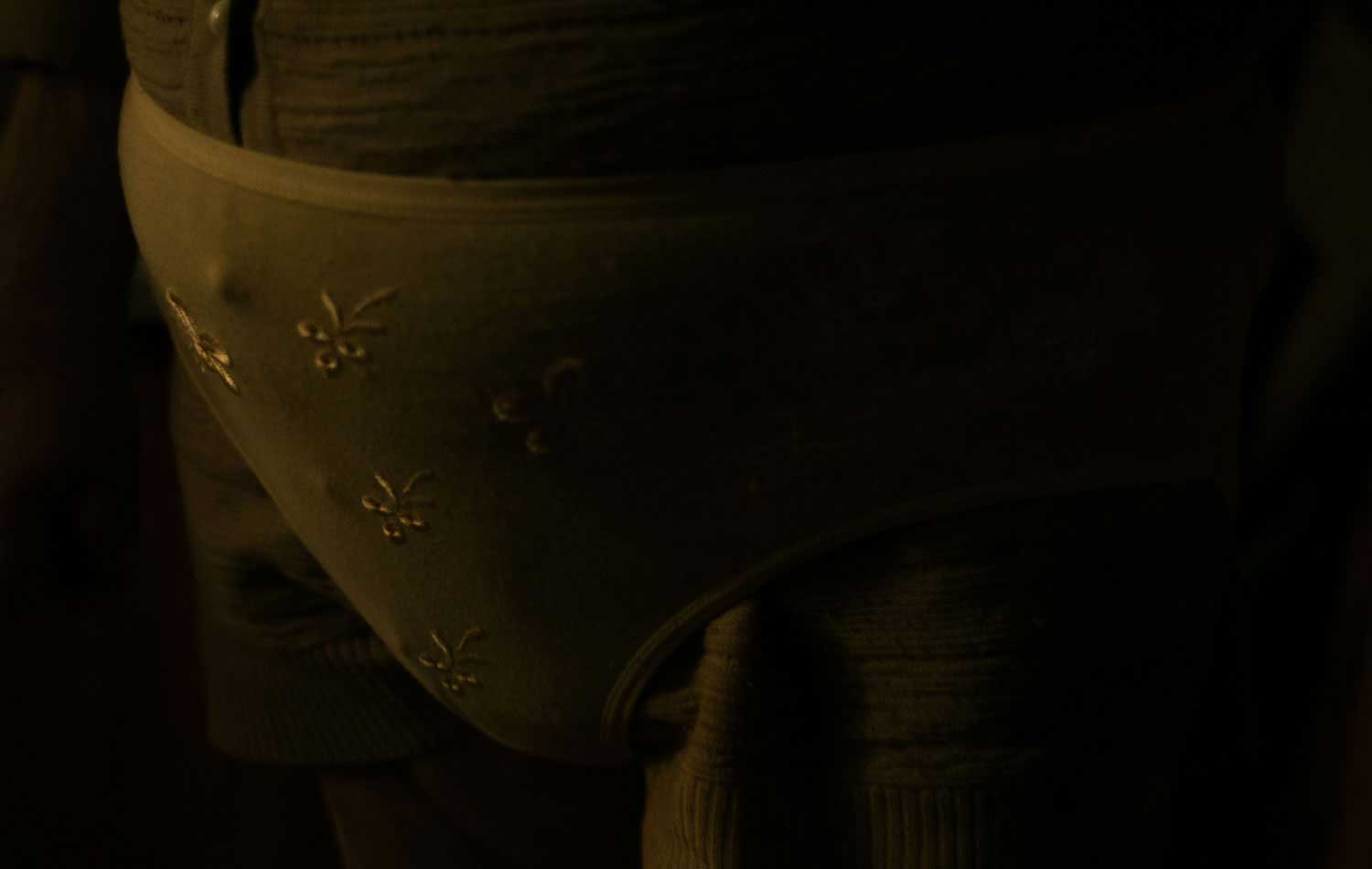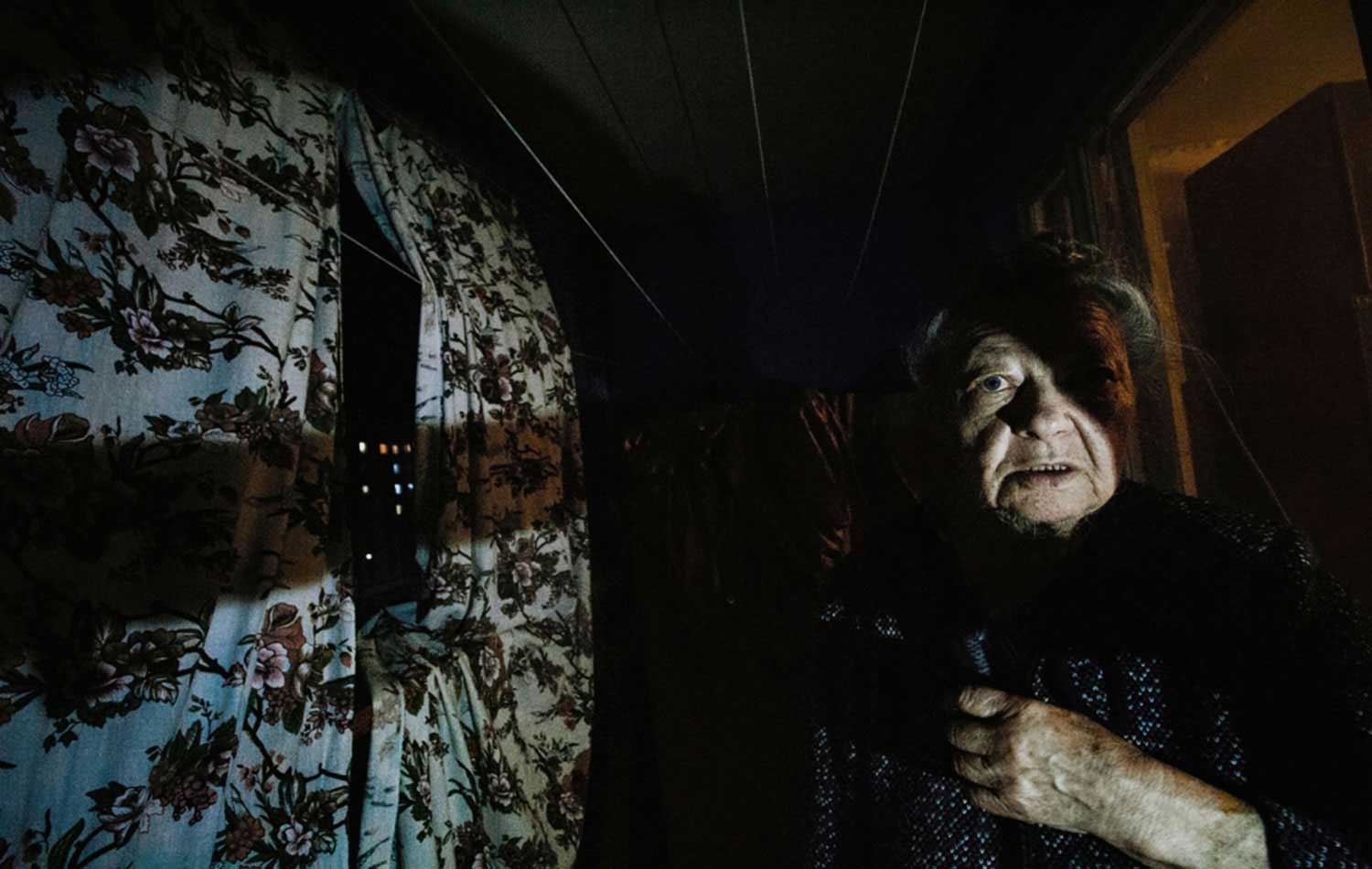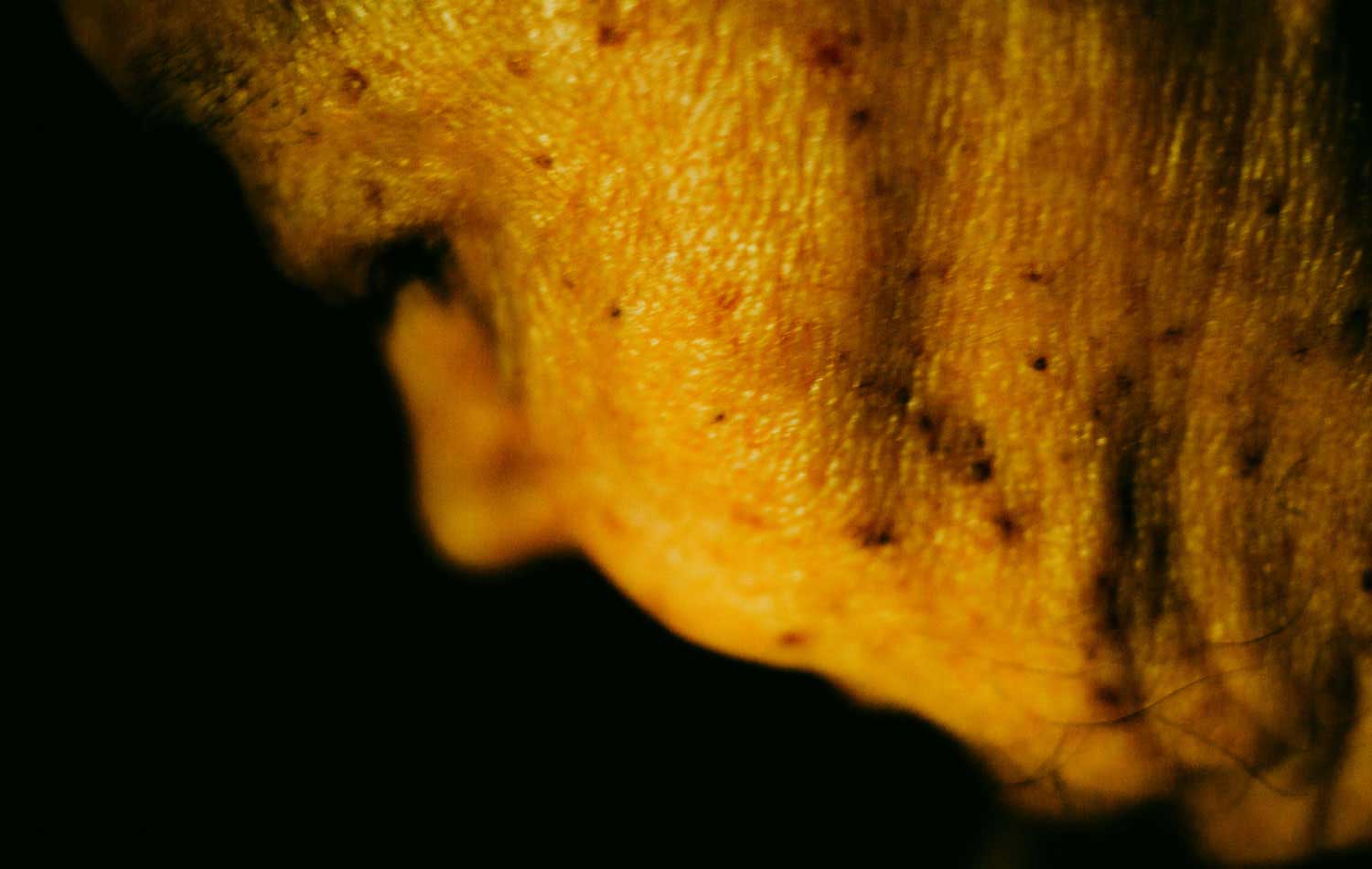If you ask a person how he imagines the mentally ill, he will present a sort of image from the films, distant and therefore hypertrophied. But what if a person lives with you side by side, with the first day of birth?
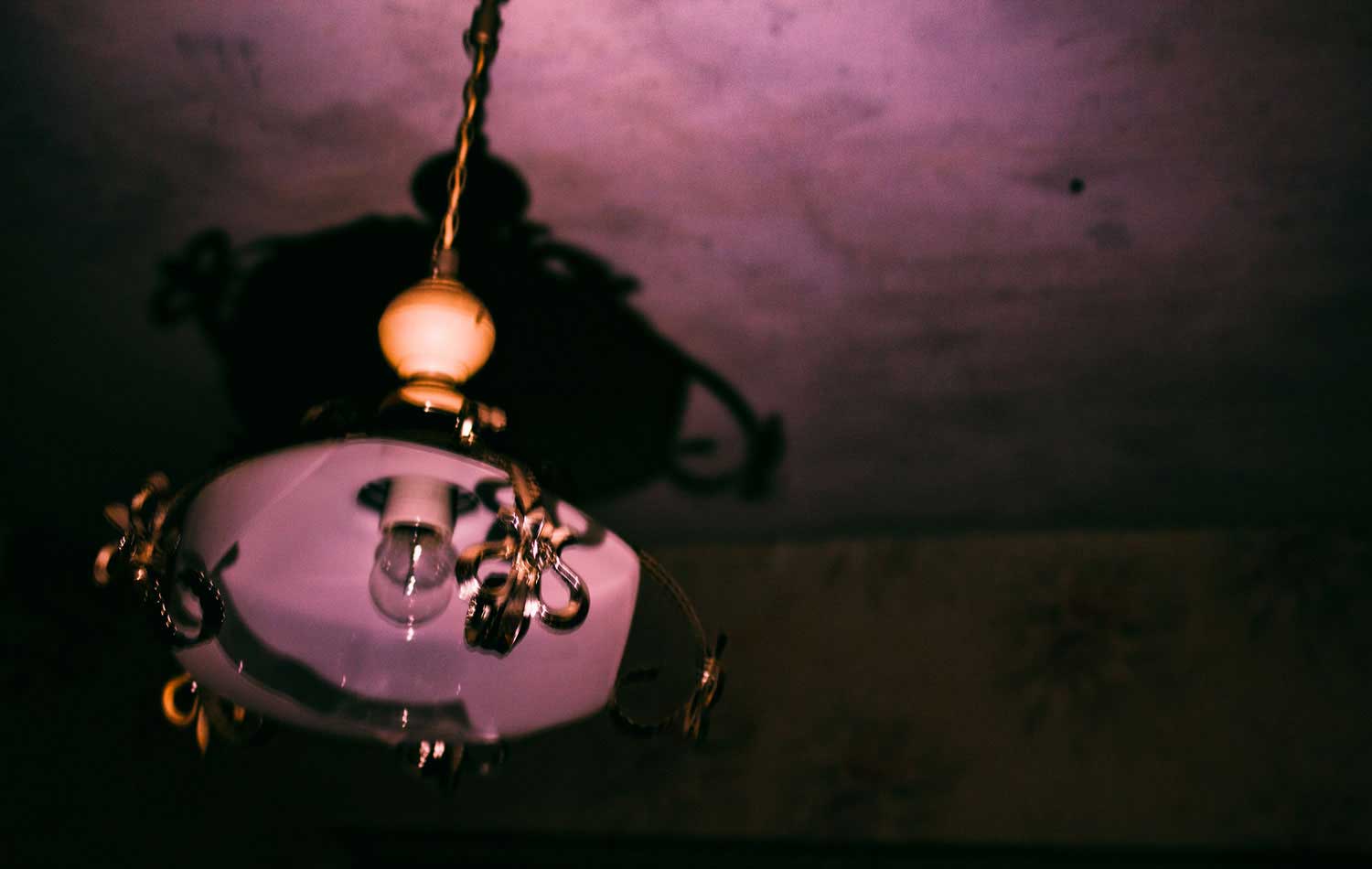
According to the Belarusian laws, a patient can not be placed in a psychoneurological institution without his consent, pills are written out only on the prescription of a psychiatrist, but the grandmother never believed that her reality was the result of the illness and she refused to go to the psychiatrist. Considering that a mentally ill person in Belarus can not be forcibly treated, relatives can not help a person, and they are forced to simply watch the illness of a loved one progressing before their eyes.
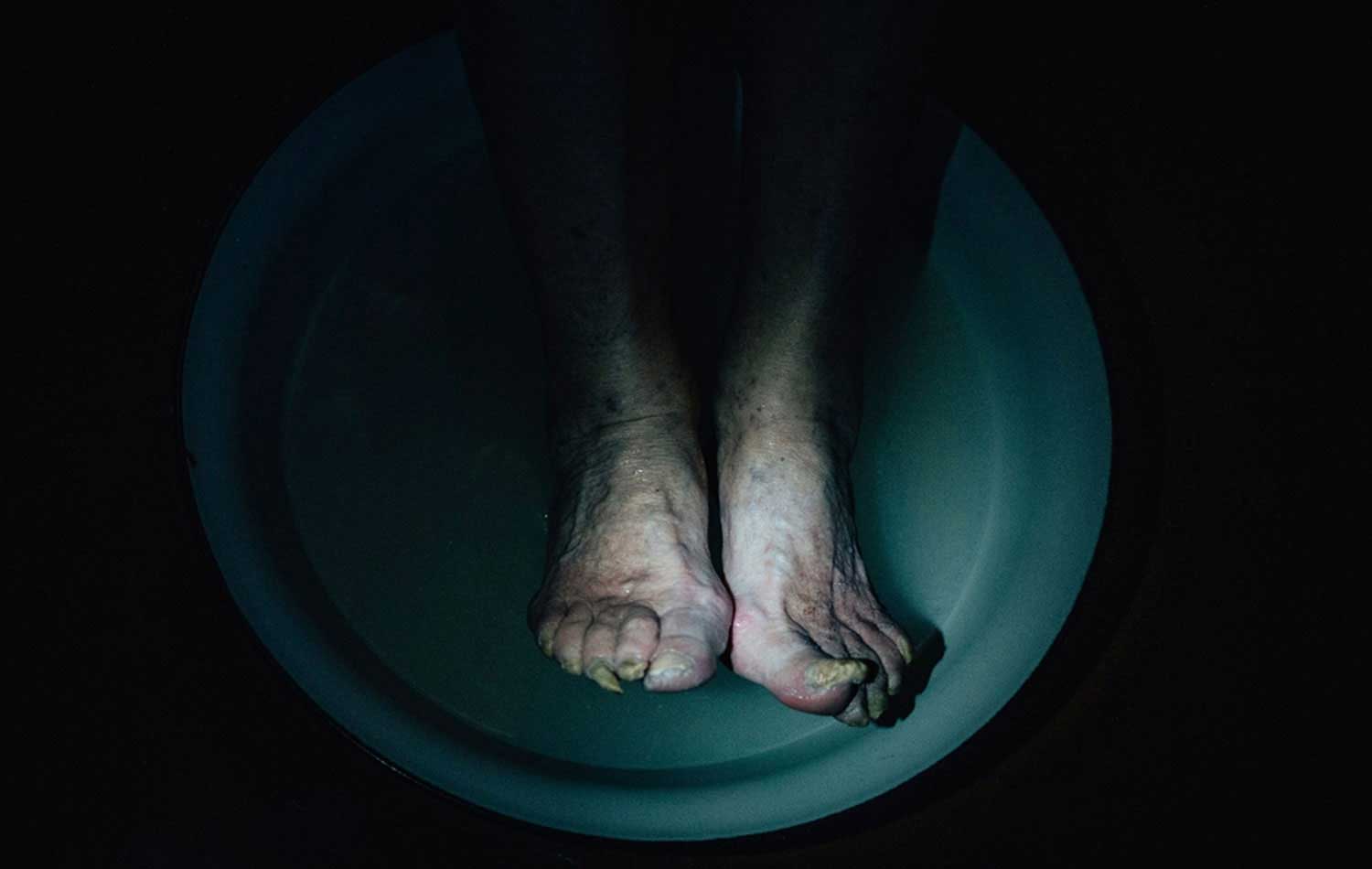

My grandmother never believed that her reality was the result of a disease, so she refused to go to a psychiatrist.
We lived together, spoke her language, played our hide and seek: grandmother hides things, forgets where, she cries and blames the missing grandfathers’ imaginary women – we are looking together.
As a child, I did not understand that a person can look healthy, but at the same time be sick, so she took all her stories to faith and was her ally. Even after growing up and realizing that your loved one has a mental disorder, you can never fully perceive him as a patient. Illness – separately, the person – separately, they alternate and weave, and one day you cease to understand who is in front of you.
